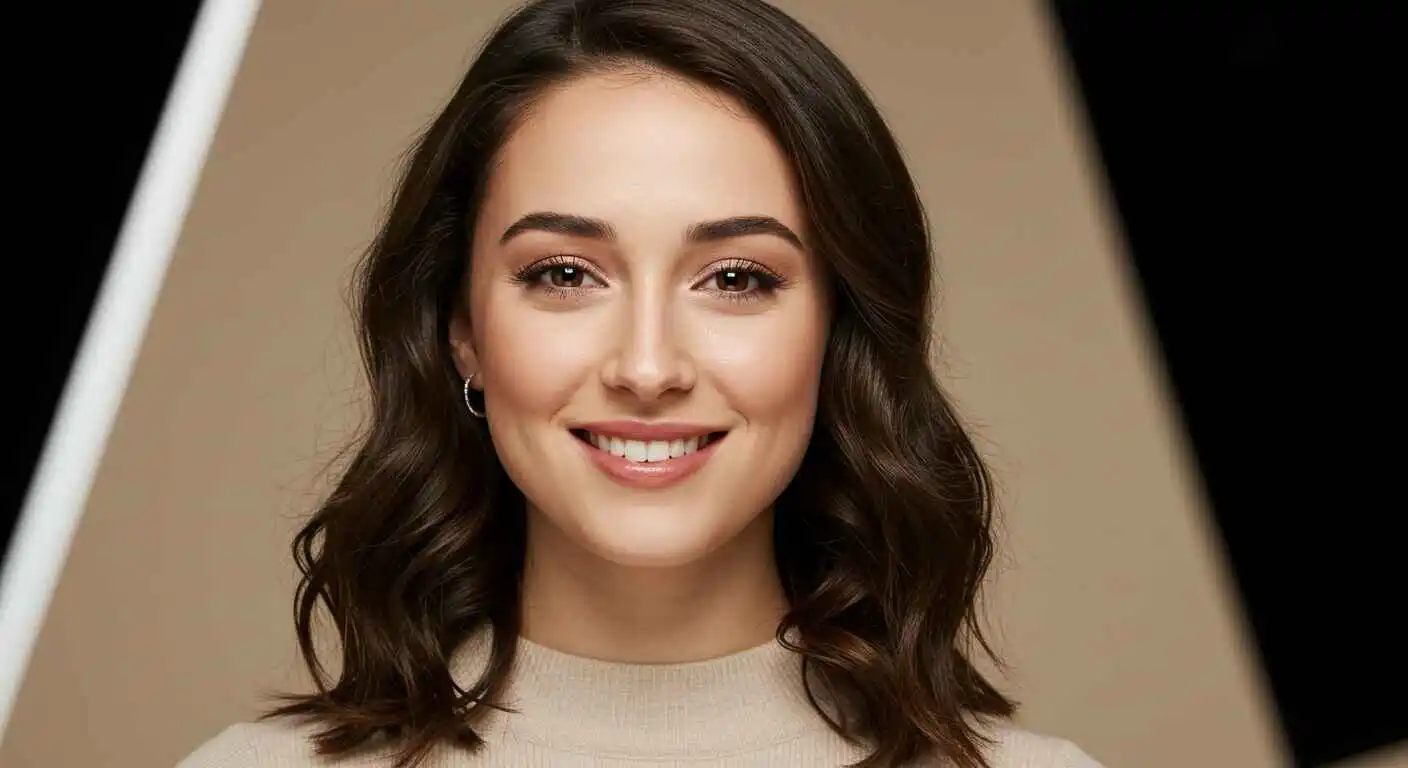Have you ever downloaded a wallpaper for your phone that was remarkably crisp and well-aligned? It was probably 2160×3840 pixels, which is a 4K portrait resolution. Known as imagesize:2160×3840 , this format is quickly taking the lead in vertical digital content creation among producers, gamers, and tech aficionados.
What this resolution is, why it matters, and how to use it for your designs, mobile apps, wallpapers, and other content will all be covered in this post. There is no technical language here, so don’t worry. Simple explanations accompanied by stories, practical links, and helpful advice.
What Does imagesize:2160×3840 Mean?
Simply said, imagesize:2160×3840 describes an image’s pixel dimensions:
- 2160 pixels in width
- 3840 pixels in height
The result of this arrangement is a portrait version of conventional 4K (3840×2160) with an aspect ratio of 9:16. For vertical screens, such as those seen on smartphones or rotating monitors, it is perfect.
To put it another way, it is incredibly clear and high definition when viewed in portrait mode.
Fun Fact: Are you familiar with the common vertical 4K wallpapers found on contemporary phones? Usually, they are 2160×3840.
Where You’ll See 2160×3840 in Real Life
Although it may sound specific, this resolution is universal! Let’s examine a few common applications:
Wallpapers for mobile devices
Near-4K resolution screens are found on high-end smartphones such as the Google Pixel 8, Samsung Galaxy S22 Ultra, and iPhone 15 Pro Max. For this reason, 2160×3840 photos show up without pixelation or distortion.
For the ideal fit, try downloading wallpapers in this format from Pexels or Wallhaven.
Reels & Stories on Social Media
TikTok, YouTube Shorts, Instagram Stories, and other platforms are made for vertical video. Smoother playback and improved viewing on all platforms are provided by creators who use a resolution of 2160×3840.
Monitors that are vertical
Your 4K monitor is probably in portrait mode if you work in writing, graphic design, or coding. The native resolution then changes to—you got it—2160×3840.
Mobile Games & Apps
Games like Genshin Impact and Call of Duty: Mobile optimize textures and graphics for high-res vertical displays, often using 2160×3840 assets.
Why Choose imagesize:2160×3840?
This resolution is more than just a collection of pixels for the following reasons:
Unrivaled Clarity
This is vertical Ultra HD. The sharpness is notably improved whether it’s a picture, wallpaper, or user interface mockup.
Ideal Match for Portrait Devices
Imagesize: 2160×3840 fills the screen without cropping or resizing on phones, tablets, and vertical monitors.
Content Ready for the Future
Designing at this resolution guarantees that designs will remain current as display technology develops.
Flexibility in Style
Ideal for digital advertisements, social stories, apps, posters, and even print.
Technical Breakdown
| Aspect | Detail |
|---|---|
| Pixel Dimensions | 2160 (W) x 3840 (H) |
| Aspect Ratio | 9:16 (Portrait) |
| Total Pixels | 8,294,400 |
| Category | 4K Ultra HD (Vertical) |
| Common Use Cases | Wallpapers, apps, social media |
Step-by-Step: Create Your Own 2160×3840 Design
Let’s use Photoshop or Canva to create a high-resolution portrait image.
In Canva:
- Go to Canva.com to access Canva.
- “Create a Design” > Custom Size is selected.
- Set Height: 3840 pixels, Width: 2160 pixels
- Utilize templates, images, or graphics to begin designing.
- For optimal effects, export in PNG or JPG format.
In Photoshop:
- Open Photoshop > File > New in Photoshop.
- Put in pixels of 2160 x 3840.
- Choose a resolution of 72 DPI for the screen or 300 DPI for prints.
- Use smart objects in your design to preserve quality.
- Use File > Export > Save for Web to export.
Advice:
Before posting, always test your design on actual devices!
File Formats: Which One to Choose?
| Format | Use Case | Pros |
|---|---|---|
| PNG | UI elements, transparent art | High quality, supports transparency |
| JPG | Photos, social media | Good quality, smaller file size |
| TIFF | Printing, archival storage | Maximum detail, very large files |
| WebP | Websites | Best compression + image quality |
When Not to Use 2160×3840
Despite its strength, this resolve isn’t always the best one:
- Email campaigns: Emails with large pictures take longer to load.
- Low-end phones may not load such huge photos or may slow.
- Users with limited bandwidth: Files may be more than 20 MB.
To minimize size without sacrificing quality, use compression programs like TinyPNG or Squoosh.
Anecdote: How I Discovered This Format
I was creating a travel blog’s Instagram story. I exported it in the regular vertical size of 1080×1920. But it appeared blurry on more recent phones.
After that, I discovered the 2160×3840 format. I gave it a shot. Boom! The contrast was striking. Clean lines. deeper hues. Even on a 4K phone, it had a polished appearance. That minor adjustment permanently altered the quality of my design.
Best Practices for Designers
- Best Practices for Designers: Consider 9:16 scaling when designing for mobile devices.
- To avoid cropping on various screens, use center alignment.
- Utilize programs such as Compressor.io to optimize files.
- Before publishing, test on actual Android and iPhone devices.
FAQs
Is a resolution of 2160×3840 considered standard?
Indeed! It’s 4K UHD in portrait mode, which is commonly found in monitors, social media apps, and phones.
What is the megapixel count of 2160×3840?
It is excellent for both digital and print application, with an approximate resolution of 8.3 MP.
Where can I obtain 4K wallpapers that are vertical?
Take a look:
- The Wallhaven
- Unsplash
- Pexels
Is 1080×1920 inferior to 2160×3840?
Of course. On high-resolution monitors, the visuals are sharper because it has four times as many pixels.
Conclusion: Should You Use imagesize:2160×3840?
Yes, without a doubt.
In a world where smartphones, tales, and vertical screens rule, using imagesize: 2160×3840 while designing makes sure your pictures stand out. It provides superior quality, adaptability for the future, and smooth integration with contemporary display systems.
Regardless of your background—designer, photographer, social media manager, or simply a fan of beautiful wallpapers—this format consistently produces images with professional-caliber clarity.










